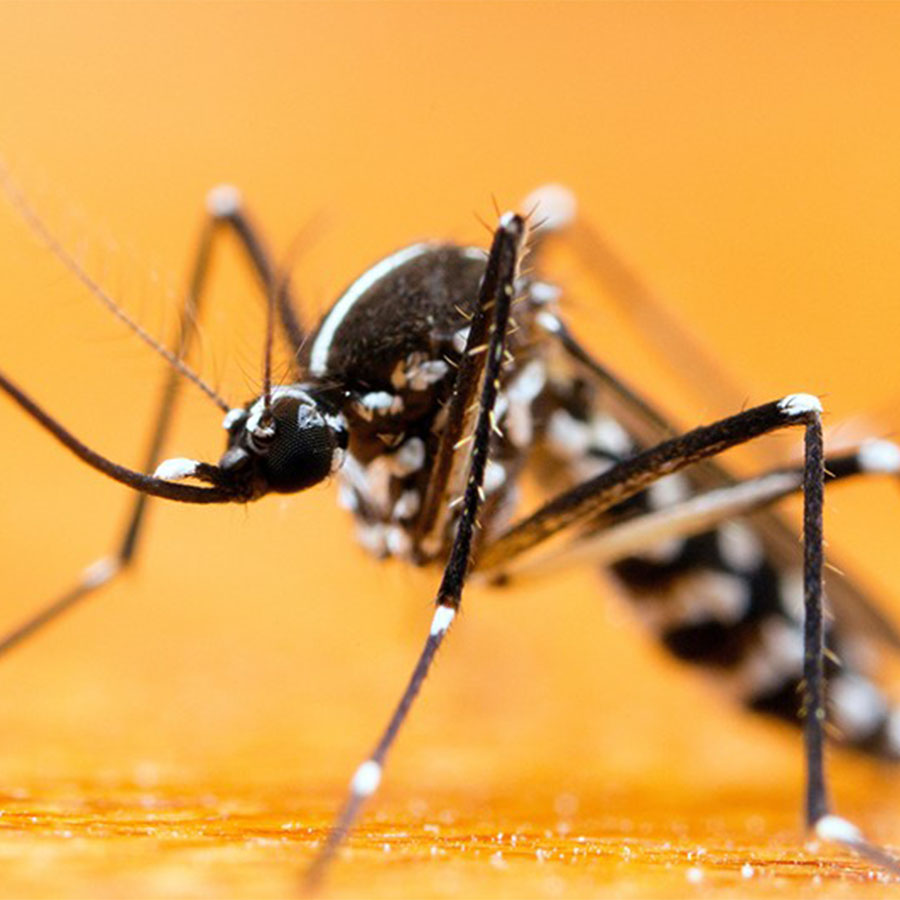Description:
Mosquitoes are flies belonging to the order Diptera and have one pair of wings. Mosquitoes, ranging from 3-9 mm in length, have long thin legs and a prominent proboscis on the head.
Behaviour:
- The most well-known behaviour of mosquitoes is that adult females suck blood to produce eggs. What is less well known is that males and females also feed mainly on the nectar of flowers.
- Their life cycle includes four different phases that are not at all alike: Egg, Larva, Pupa, Adult. The egg, larval and pupal stages of mosquitoes take place in stagnant water.
- Some mosquito larvae are predatory and consume other mosquito larvae, but larvae of most species feed on tiny organisms in the water.
- Adult mosquitoes are active from sunset to sunrise, but can also be active during daylight hours on very cloudy days, in dark shady places. Aedes species mosquitoes are active during daylight hours.
Prevention and Control:
Mosquito control is a very labour intensive struggle requiring an integrated approach.
- Firstly, it requires the identification of breeding areas. If these breeding sources; buckets, drums, etc. are small sources that can be eliminated by pouring the water in them, the water in them is poured. If it is a water channel, water well, pool, etc., larvae control is carried out with biological larvicides.
- For adult mosquitoes, chemicals such as surface or area sprays should be used.
- It is very useful to take physical measures such as installing mosquito nets on doors and windows to prevent adult mosquitoes from entering indoor areas.



